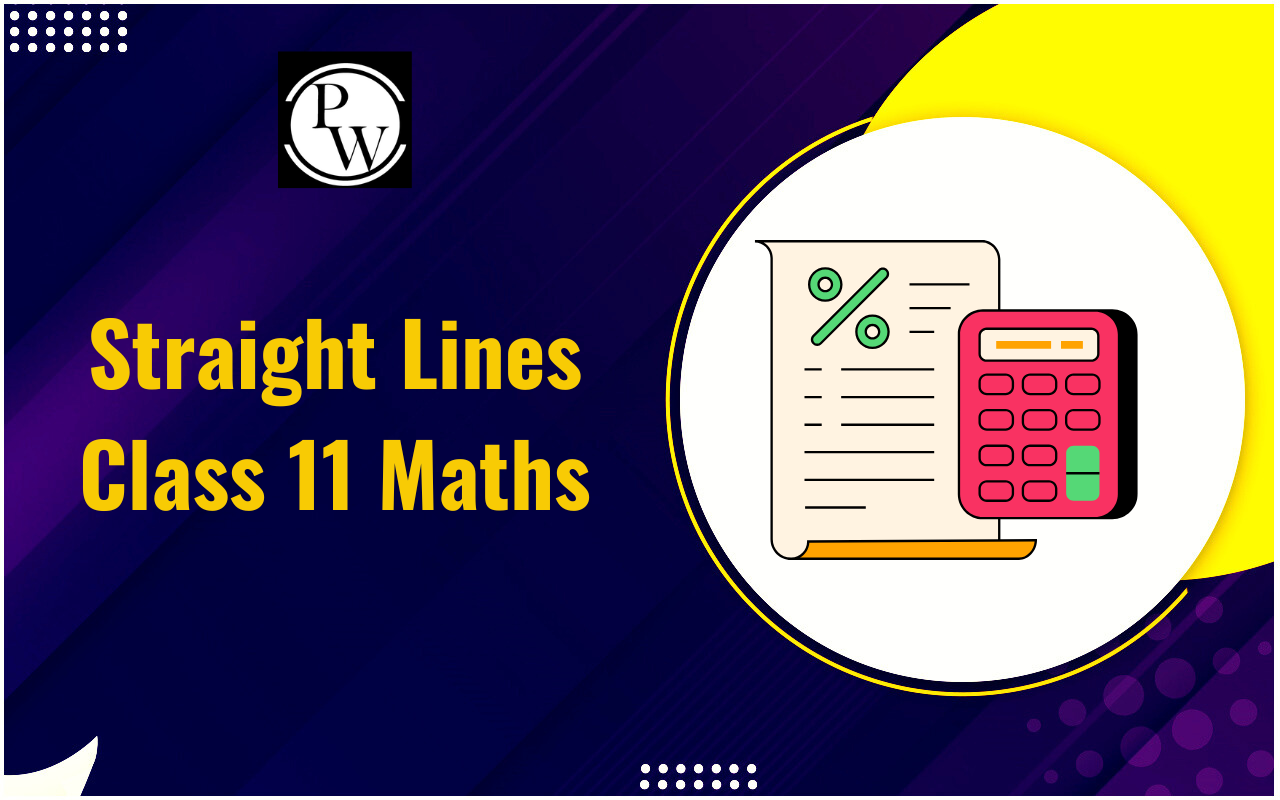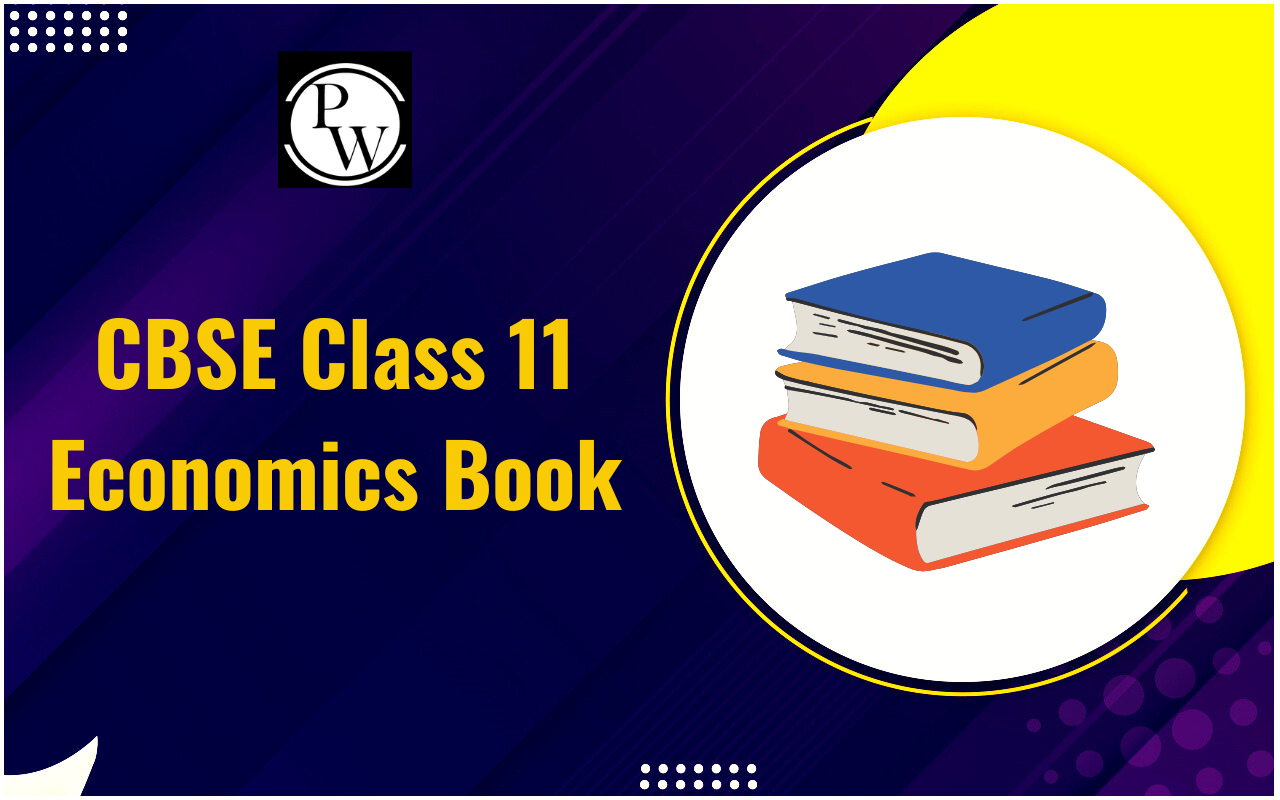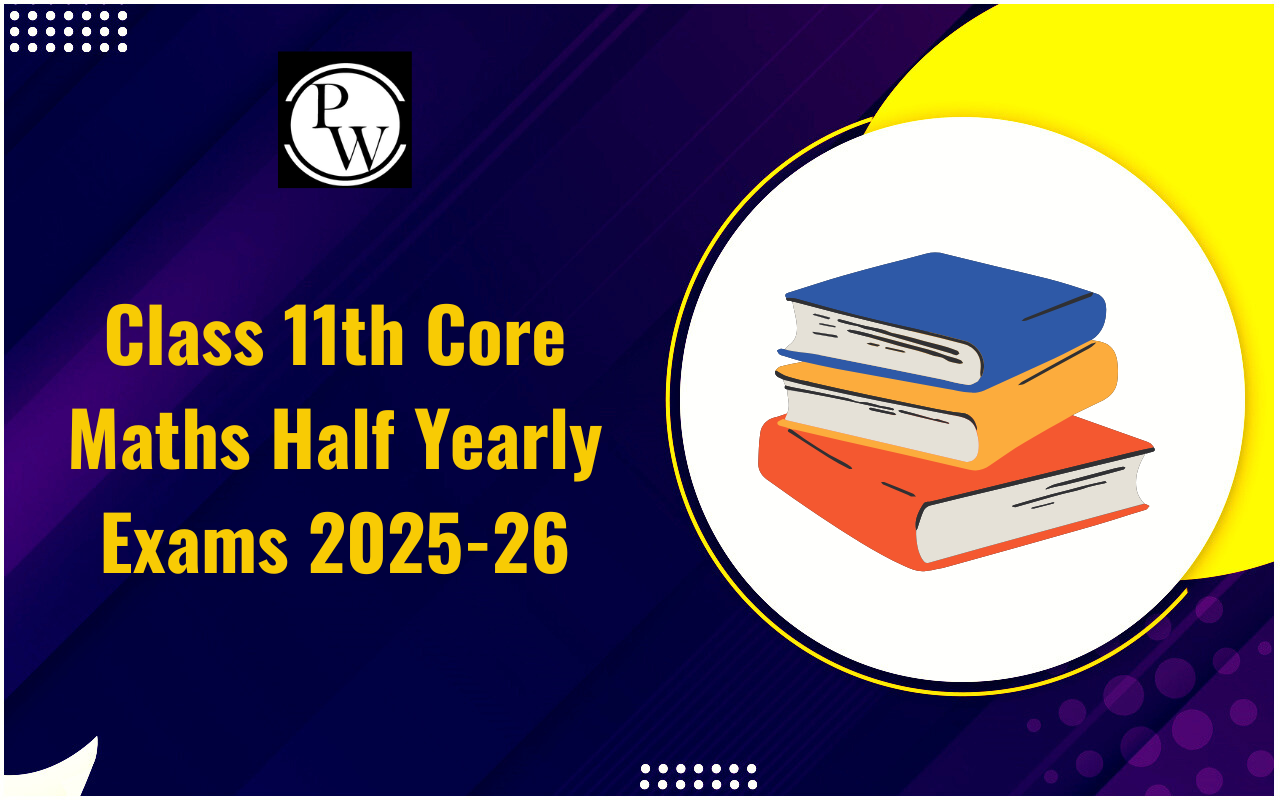
Savings and investment are important aspects of personal finance, and starting early is a fantastic approach to ensure long-term financial security.
Many people get confused by the differences between saving and investment. However, they are not the same. When someone saves money, they put some aside for emergencies or future usage. They generate no return on savings. When one invests money, they get some return to achieve their goals.
Savings Meaning
Savings refer to the portion of one's income or resources set aside for future use rather than being immediately spent. It embodies the practice of abstaining from instant gratification to secure financial stability and meet unforeseen needs, aspirations, or investment opportunities in the future.
Investment Meaning
Investment denotes the allocation of money, time, or resources into ventures, assets, or projects with the expectation of generating profit or achieving long-term growth. It involves a deliberate and purposeful decision to commit financial resources in the pursuit of potential returns.
Importance of Savings and Investment
Savings and investment play pivotal roles in individual financial planning and economic development. Given below are the points that highlight the importance of savings and investment:
Financial Security:
- Savings create a safety net, offering financial security during emergencies or unexpected events.
- Investments grow wealth, ensuring long-term financial stability and retirement security.
Capital Formation:
- Savings contribute to the pool of available capital in financial institutions, facilitating loans for businesses and entrepreneurs.
- Investments channel capital into productive ventures, driving economic expansion and job creation.
Wealth Accumulation:
- Regular savings lead to gradual wealth accumulation over time, empowering individuals with resources for future endeavors.
- Strategic investments provide opportunities for substantial wealth growth, outpacing inflation and preserving purchasing power.
Economic Growth:
- Savings create liquidity in the economy, ensuring a stable financial environment for businesses and consumers.
- Investments fuel innovation, research, and infrastructure development, propelling economic progress and competitiveness on a global scale.
Entrepreneurship and Innovation:
- Savings provide seed capital for aspiring entrepreneurs, fostering innovation and new business ventures.
- Investments in research and development drive technological advancements, enhancing economic productivity and market competitiveness.
Education and Human Capital:
- Savings enable families to invest in education, enhancing skills and knowledge for future opportunities.
- Investments in education and training programs cultivate a skilled workforce, boosting overall productivity and economic advancement.
Global Competitiveness:
- Countries with high savings rates have resources for strategic investments, enhancing their global competitiveness in various sectors.
- Foreign direct investments attract international capital, stimulating economic growth, and fostering global partnerships.
Savings and Investment Differences
Understanding the differences between savings and investment is essential for individuals to make informed decisions about managing their financial resources effectively.
| Criteria | Savings | Investment |
| Purpose | Immediate financial security and liquidity. | Wealth growth and long-term financial goals. |
| Risk Level | Low risk; insured by banks within limits. | Variable risk; potential for higher returns. |
| Returns | Lower interest rates; stable but modest. | Higher potential returns; not guaranteed. |
| Liquidity | Highly liquid; easily accessible. | Varies; some investments lack liquidity. |
| Time Horizon | Short-term focus; emergencies and goals. | Long-term focus; growth over years. |
| Safety | Protected by banking regulations. | Subject to market fluctuations. |
| Purpose of Gain | Capital preservation; financial stability. | Profit, capital appreciation, and income for goals. |
Pros of Savings and Investment
Savings and Investment provide a secure path to financial growth and stability, ensuring preparedness for future needs and opportunities.
Pros of Savings:
Financial Security:
Savings create a financial cushion, offering security during unforeseen circumstances and emergencies.
Flexibility and Freedom:
Accumulated savings provide the flexibility to pursue opportunities, make significant purchases, or invest in education and experiences.
Peace of Mind:
Having savings instills peace of mind, reducing stress related to financial uncertainties and unexpected expenses.
Debt Management:
Savings can be used to pay off debts, reducing financial burdens and interest payments.
Retirement Planning:
Savings form the basis for retirement planning, ensuring a comfortable and financially stable retirement phase.
Pros of Investment:
Wealth Growth:
Investments have the potential to grow wealth over time, outpacing inflation and increasing overall net worth.
Income Generation:
Investments, such as stocks and real estate, can generate regular income through dividends, interest, or rental payments.
Diversification:
Investments allow diversification of assets, spreading risk and maximizing potential returns across different sectors and markets.
Tax Benefits:
Certain investments offer tax advantages, reducing the overall tax burden and increasing disposable income.
Economic Stimulus:
Investments stimulate economic growth by funding businesses, creating jobs, and fostering innovation and development
Cons of Savings and Investment
While savings and investment are essential elements of financial planning, they also come with their share of challenges and drawbacks.
Cons of Savings:
Inflation Erosion:
Savings might not keep pace with inflation rates, leading to a decrease in purchasing power over time.
Opportunity Cost:
Funds kept in low-interest savings accounts might miss out on higher returns available through investments, representing an opportunity cost.
Limited Growth:
Savings alone might not offer substantial growth, especially when compared to the potential returns from investments in the financial markets.
Emergency Fund Dependency:
Over-reliance on savings as an emergency fund might limit investment opportunities, hindering potential wealth accumulation.
Cons of Investment:
Risk Exposure:
Investments carry inherent risks, and market fluctuations can lead to losses, especially in high-risk assets like stocks.
Lack of Liquidity:
Some investments, such as real estate or long-term bonds, can lack liquidity, making it challenging to access funds quickly.
Time and Knowledge Requirement:
Successful investing often requires significant time for research and a good understanding of the market, which can be a barrier for many individuals.
Regulatory Changes:
Changes in government policies and regulations can impact certain investments, leading to unexpected losses or reduced returns.
Emotional Stress:
Market volatility can cause emotional stress and impulsive decision-making, potentially leading to poor investment choices.
Savings and Investment FAQs
How much of my income should I set aside for savings?
What's the best time to start investing?
What are some low-risk investment options?
How do I diversify my investment portfolio?
Is it wise to invest in cryptocurrencies?










